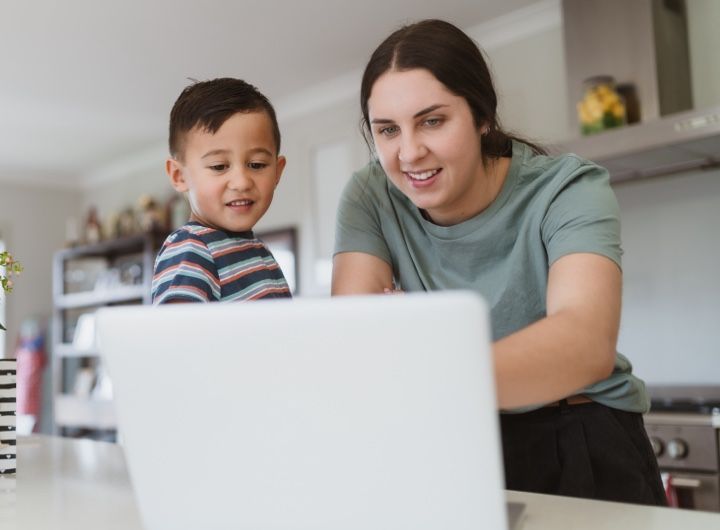
LEARNING NOT TO REACT WHEN MEDIA PUSH EMOTIONAL BUTTONS
How can we help kids feel hopeful in an uncertain world? It starts with awareness.
The 24-hour news cycle and overly dramatic headlines are designed to draw us in. Mass media and social media platforms use psychology to ‘push our emotional buttons’. This can create a cycle of fear, anger, and more screen-time.
FEELING POSITIVE IN AN UNCERTAIN AND CHANGING WORLD
As part of learning to regulate emotions and behaviour, children need to understand when the media are pushing these emotional buttons. It’s important all the time, and even more so in times of uncertainty.
HOW MEDIA COVERAGE OF BAD NEWS CAN AFFECT CHILDREN
The media plays an important role in sharing information. It’s okay for children to start to understand the world around them. However, too much exposure to bad news can be distressing and confusing for children. This can be:
- Because of the direct impact (e.g., children can start to worry, or feel anxious or sad in everyday life).
- Because of the flow-on impact (e.g., they hear parents talking to one other in worried or angry tones, or a parent is stressed and irritable and speaks to the child differently).
- Because of the peer group impact (hearing other kids talking about news, and possibly passing around misinformation).
WHEN BAD NEWS BECOMES UNHEALTHY
Often, when a crisis hits, we feel compelled to check the latest news. In some ways, this makes sense: good information can help us make good decisions (e.g., listening to the weather report leads you to take shelter if a fierce storm’s approaching). This helps us stay safe.
But it’s easy to be drawn into ongoing coverage. There is a hypnotic-like repetition of images and phrases. It can start to feel like the only way to avoid danger is to constantly check for updates. A cycle can develop. There are feelings of anxiety until more news is available, momentary relief as the next headline is revealed, followed by more anxiety. We can end up “doom-scrolling”—endlessly perusing the latest bad news.
Meanwhile, social media influencers have discovered how to create a similar cycle. Messages may be designed to make readers or viewers feel angry, and superior to anyone who disagrees. The presenter subtly or directly creates new fears or plays on old ones. And these platforms are designed to keep us online, all the time. It’s not just about the example parents set for children. Children and teenagers themselves may also be watching and reading, and being drawn into negative cycles.
Triple P is now offered in:
YOU CAN’T JUST BURY YOUR HEAD IN THE SAND
This doesn’t mean we should always ignore bad news or ban all social media. Keeping our children safe means taking a level-headed approach. We need to get facts from a credible source, and take sensible precautions when needed.
But we can teach our children to calmly evaluate what they read and what they see. And as adults, we need to lead by example. This includes learning to ask questions such as “who has created this?”; “is this from a reputable source and how can I tell?” and most importantly, “is it trying to make me feel scared or angry, or some other negative emotion?” (“Am I being manipulated?”). It’s also important to consider this: “Do I feel uncomfortable if switch off for a while?” (“Am I hooked?”)
With our help, children and teenagers can understand that even though there may be risks to be managed, there are many positive, interesting, and wonderful things going on in the world.
Strengthen your child's coping skills – learn more about positive parenting.